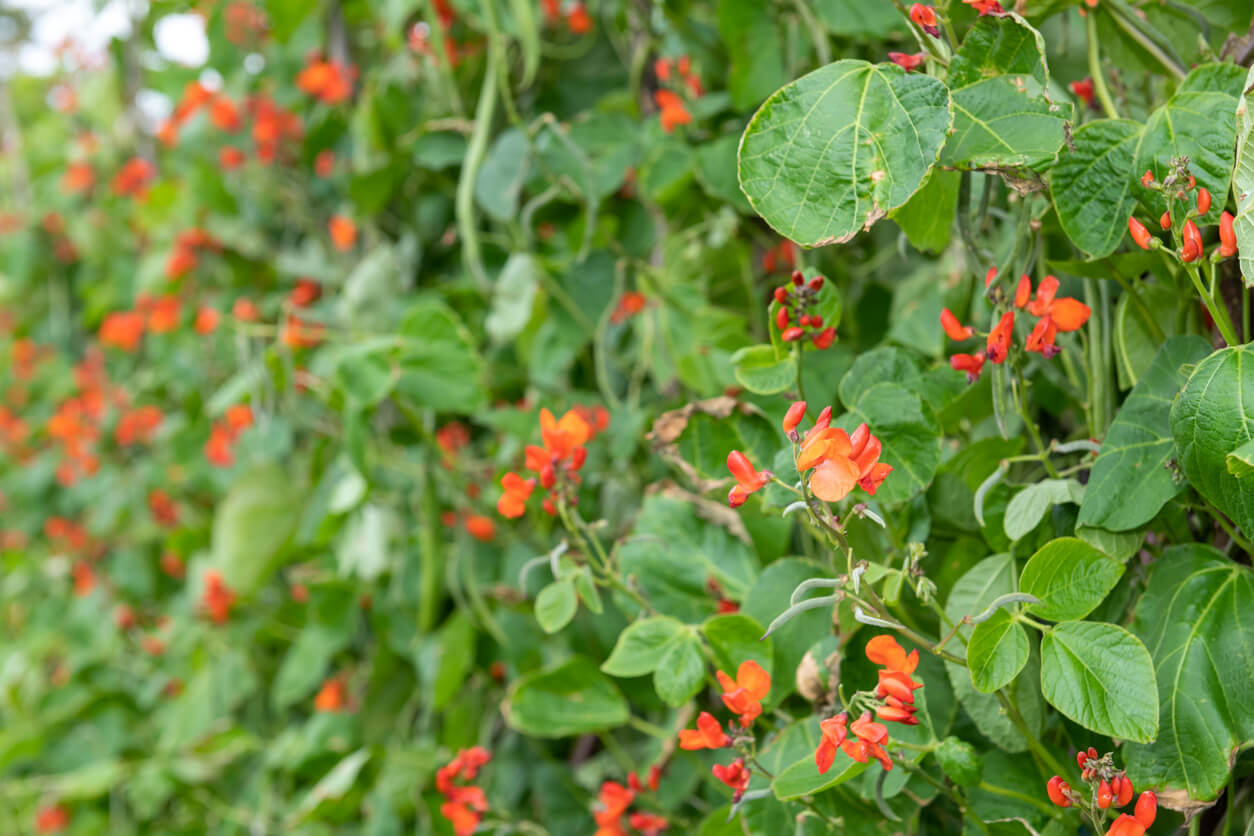
When gardeners envision their preferred fruits, vegetables, and herbs for cultivation, they’re usually thinking about flavor profiles and the level of effort required for successful growth. When designing a garden, it’s common practice to assign specific areas for different types of plants—flowers for visual appeal, vegetables, and herbs for practical sustenance.
However, amidst this structured layout lies a delightful surprise: flowering vegetables. These plants not only make your garden pretty, but they also offer a delectable taste experience. They truly represent the perfect blend of aesthetics and functionality, providing both visual delight and culinary satisfaction.
It’s time to shine a spotlight on these often-overlooked gems of the garden that bring joy to both the eyes and the taste buds. Join us as we delve into the realm of everyone’s favorite flowering fruits, vegetables, and herbs, exploring the beauty and flavor they bring to our green spaces.
10 Beautiful Flowering Vegetables and Herbs
If you look around your garden, you may already have several flowering vegetables. Here are some common vegetables that flower, as well as a few you may not be familiar with. By the way, these all come with a humongous bonus: Flowers attract pollinators. So growing these will not only give you a beautiful and tasty garden, they will also help bring in the bees and butterflies and ladybugs that the rest of your garden needs.
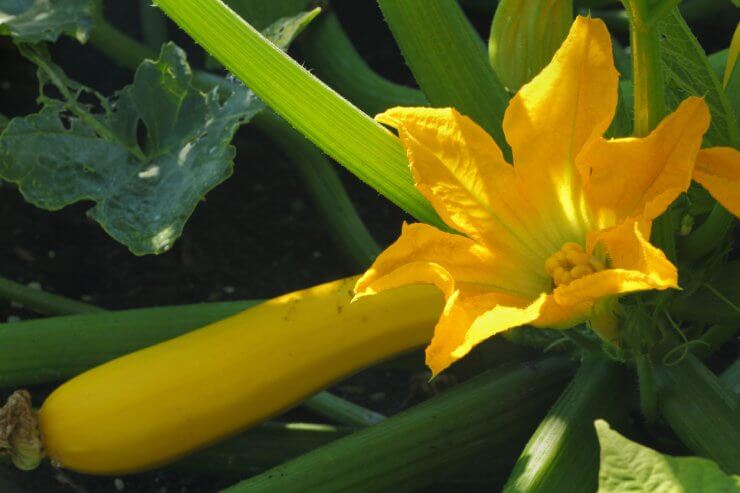
- Squash. Have you given much notice to the squash blossom? It’s a truly stunning yellow flower that opens up during the day and closes as the evening sets. Additionally, squash blossoms are quite tasty. When they’re in season, you can probably find fried squash blossoms on the menu at your favorite local restaurant, and you can make them at home yourself.
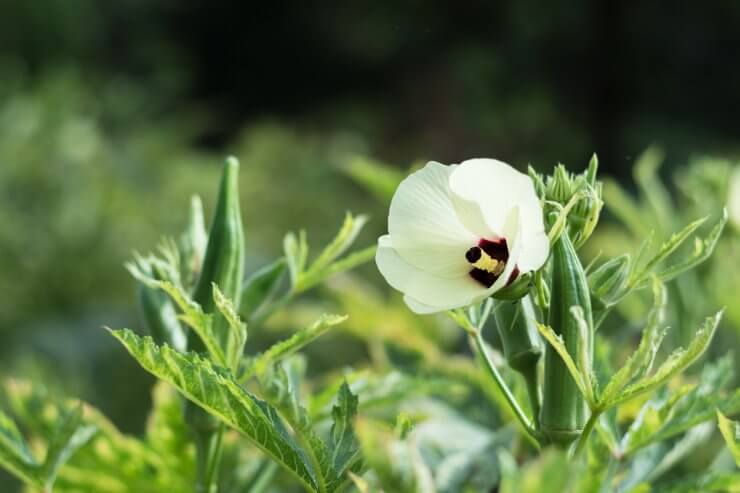
- Okra. This southern favorite is quite the colorful plant. The stem and leaves are green, of course, but the fruit of the okra plant can range anywhere from a soft, light green to deep burgundy. The flowers, though. Those are something else. Some varieties produce flowers that are bluish white and look like they could glow in the dark.
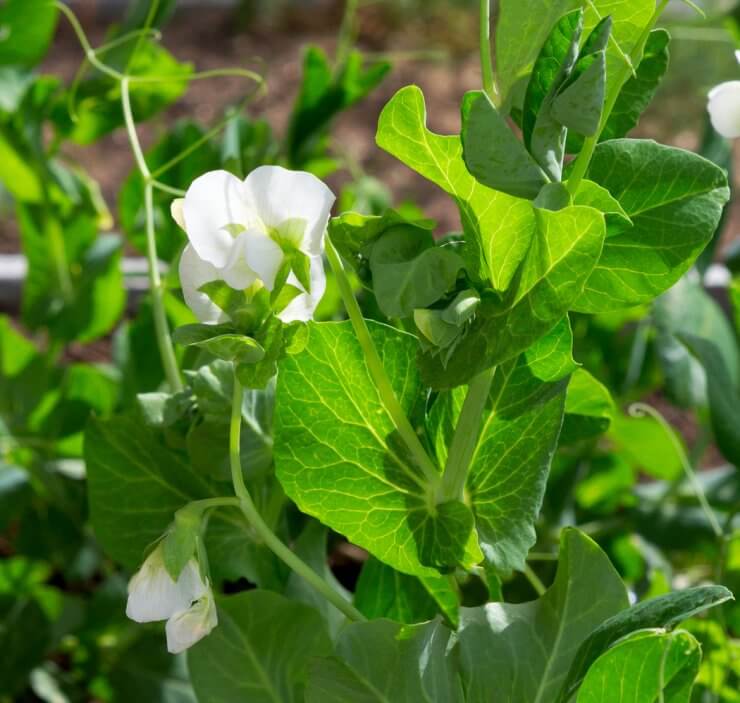
- Peas. I swear that early peas, straight from the pod, are nature’s dessert. They’re so sweet and crisp! But peas are also among the flowering vegetables that most of us don’t take advantage of. Sure, we eat the peas, but did you know that pea greens and the flower of the pea plant is also edible? Just be cautious; while edible garden peas are fine, steer clear of ornamental sweet peas, as their flowers are poisonous.
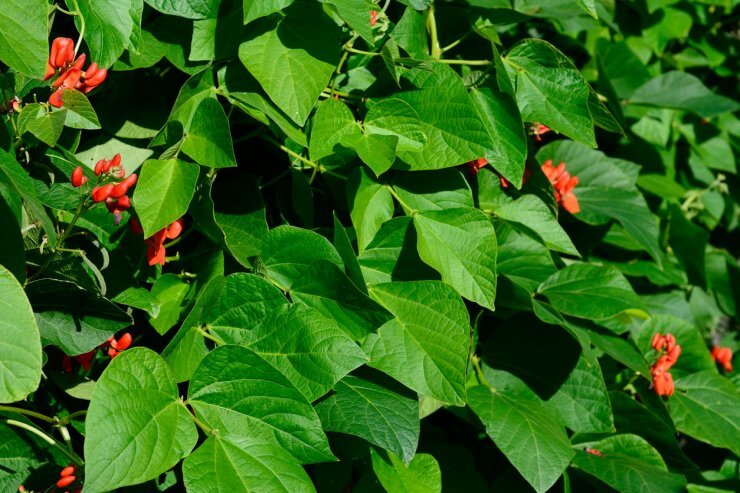
- Scarlet Emperor Runner Beans. These bean plants are easy to grow, and boy do they grow. Given a solid trellis, they can easily reach the 10-foot mark. The edible flowers are, as you might guess, rich scarlet and quite abundant. It doesn’t hurt that this plant will produce an ample amount of beans, either.
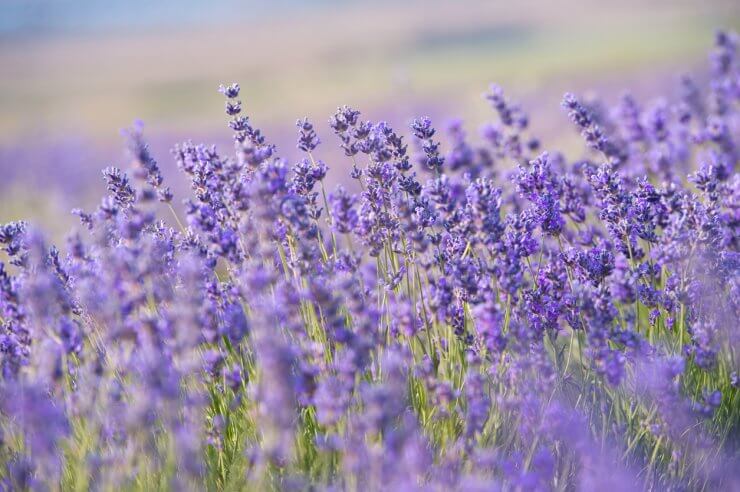
- Lavender. You’re likely familiar with this perennial herb. Lavender flowers and leaves are good for all sorts of culinary purposes and make a perfect addition to your herb garden. Plus, the delicate purple flowers are much beloved by bees.

- Dill. Here’s another herb that produces beautiful flowers. They look like tiny yellow and white firework explosions, and they have a stronger flavor than the dill leaves.
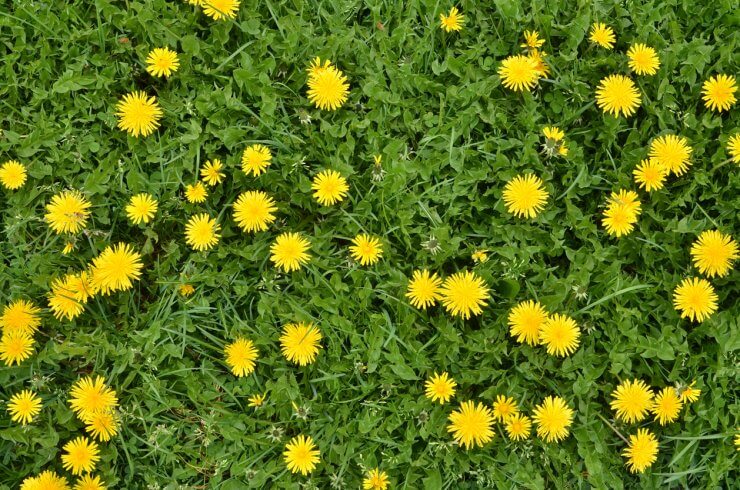
- Dandelion. Yes, people think this is a weed. It’s also an entirely edible green! The greens are on the bitter side, but fabulous when you cook them down with plenty of garlic and salt. The flowers themselves are slightly sweet. And you already know that bees and ladybugs love dandelions.
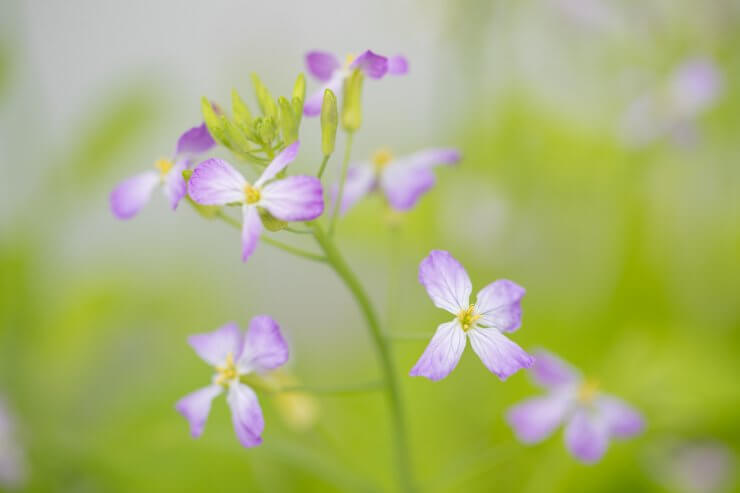
- Radishes. Radishes are flowering vegetables? Yup. We tend to harvest radishes before they flower, but if you get distracted and forget, you can enjoy the radish flower in a salad. The flower is often shades of white or purple, and has a mild peppery taste, similar to the root. You can spend gobs of money on radish flowers at specialty food stores, by the way.
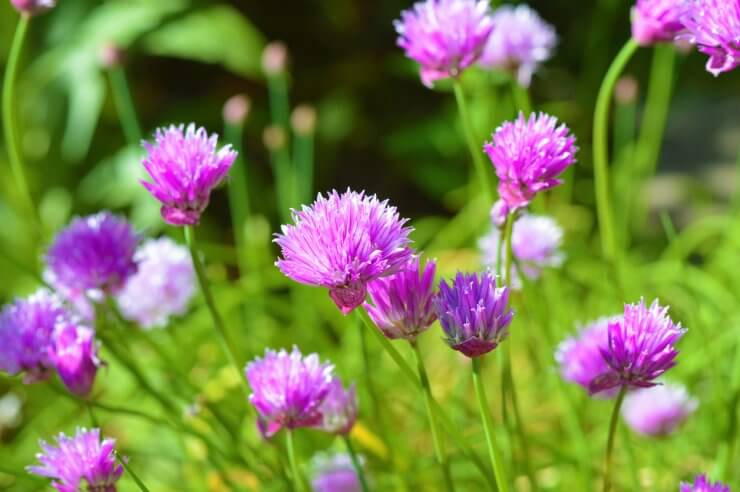
- Chives. If you haven’t seen chive blossoms, you’re missing out on one of the most subtly beautiful flowers in a garden. They have a soft pink color and look like a little globe. The blossoms bring a delicate, aromatic presence to salads. You can also blend them into butter or goat cheese. The blossoms attract pollinators and chives may repel some garden pests. Additionally, they’re a perennial and so easy to grow that you can literally ignore them. Onions also flower like chives, but much bigger!
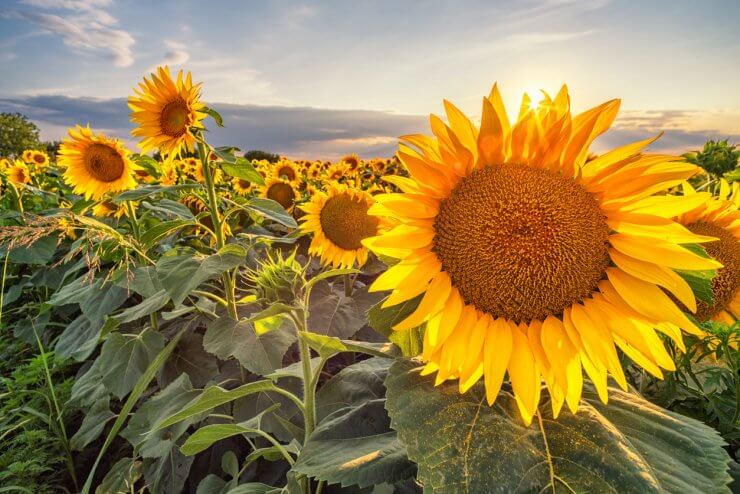
- Sunflower. Okay, this might be cheating a little. I suppose it depends on how you care to define vegetables vs. flowers vs. flowering vegetables. But maybe you’ve been seeing those YouTube videos like me, where people are frying and grilling sunflowers? Either way, you can eat pretty much the entire sunflower. Young sunflower sprouts are great in a salad. You can cook the leaves the same as you would most bitter greens. The stalk is very celery-like until it matures and gets fibrous, and the petals have a nice bittersweet flavor. The buds are great steamed and served with a little butter, and some people like to shave the roots into a salad. And, of course, you already know how great sunflower seeds are!
The fact is, there are more flowering vegetables than we realize. Lettuces, cauliflower and broccoli certainly look like flowers! Usually we harvest the vegetables or cut back the buds before they have a chance to flower. You may not want to trade your delicious onion for a pretty onion flower, but it’s certainly an option!
Do you have any favorite flowering vegetables? I’d love to hear about them in the comments below.


 Previous
Previous

